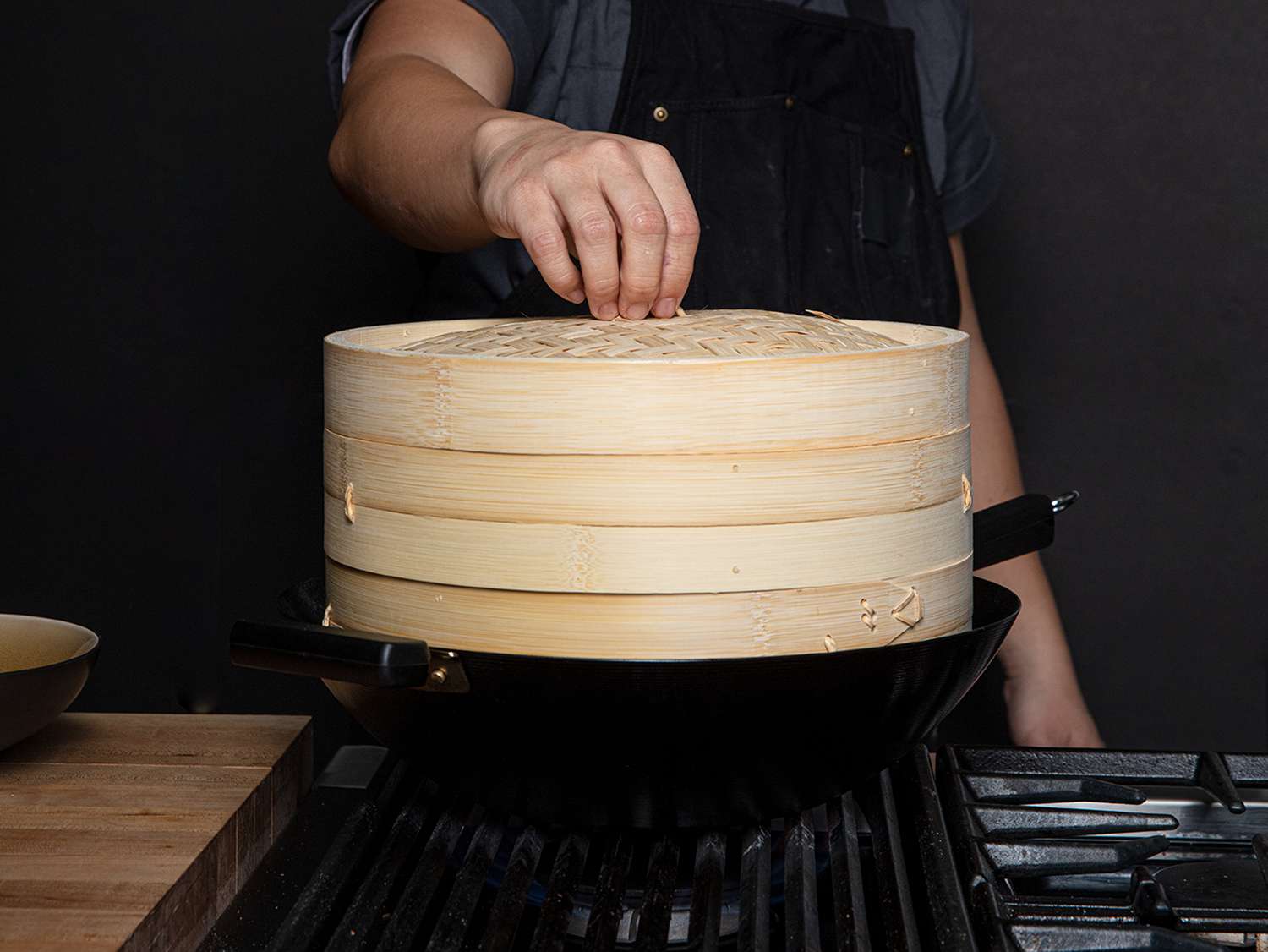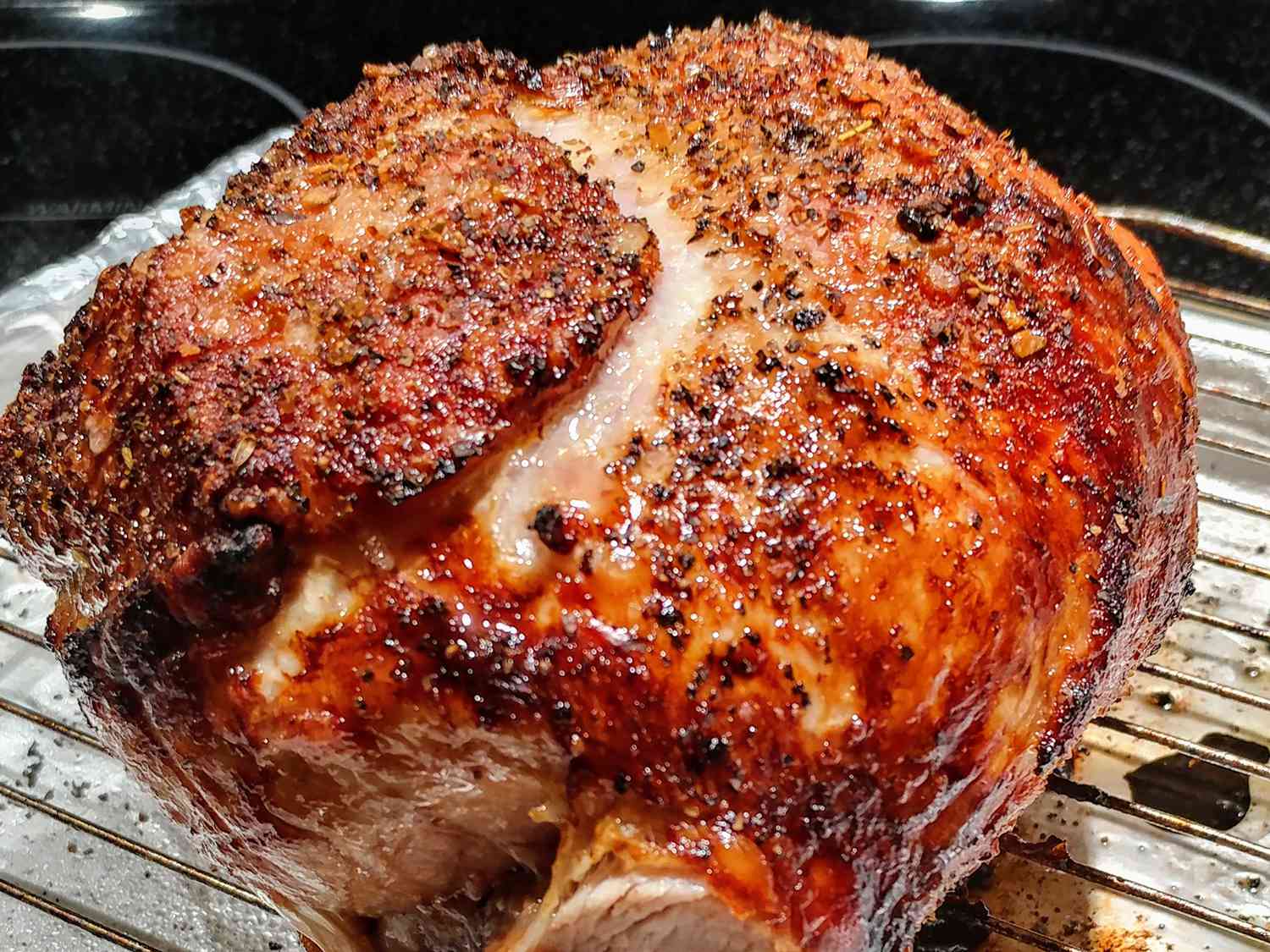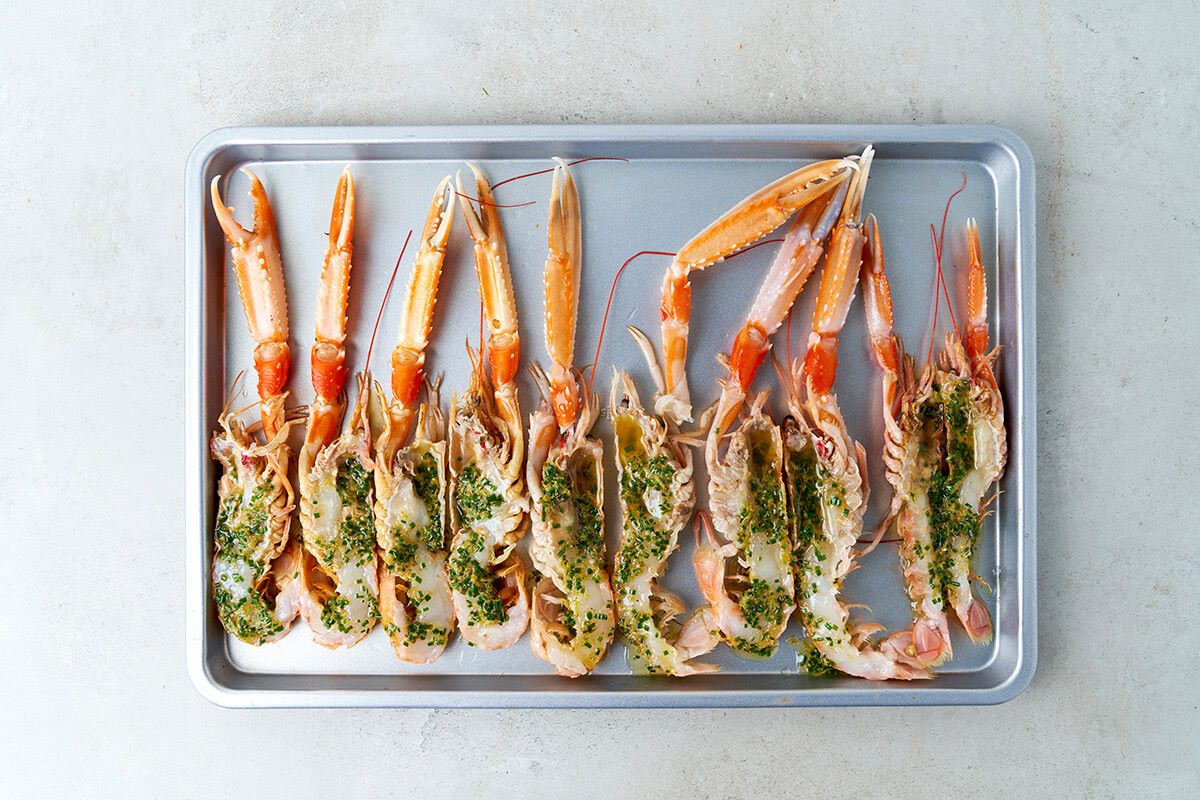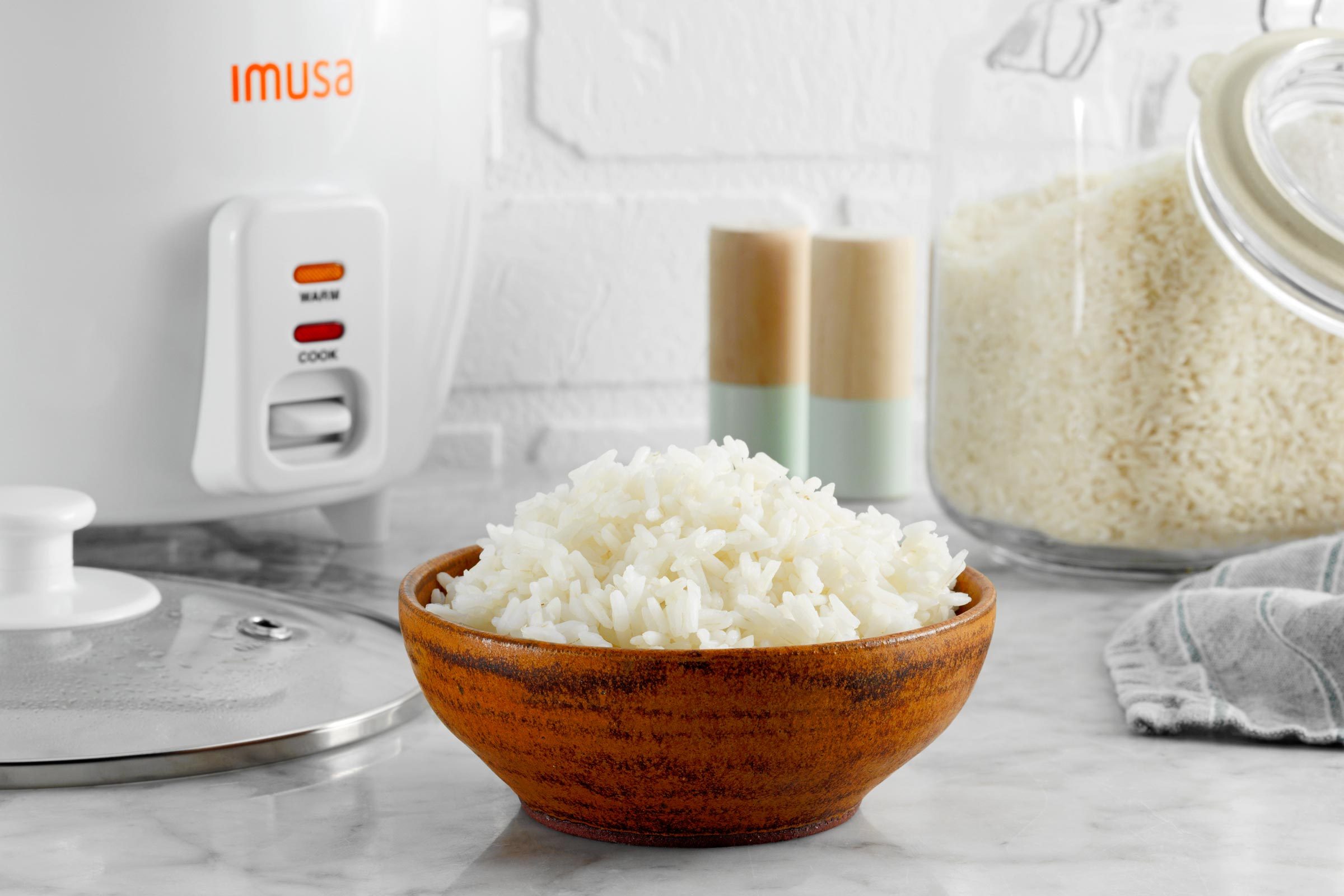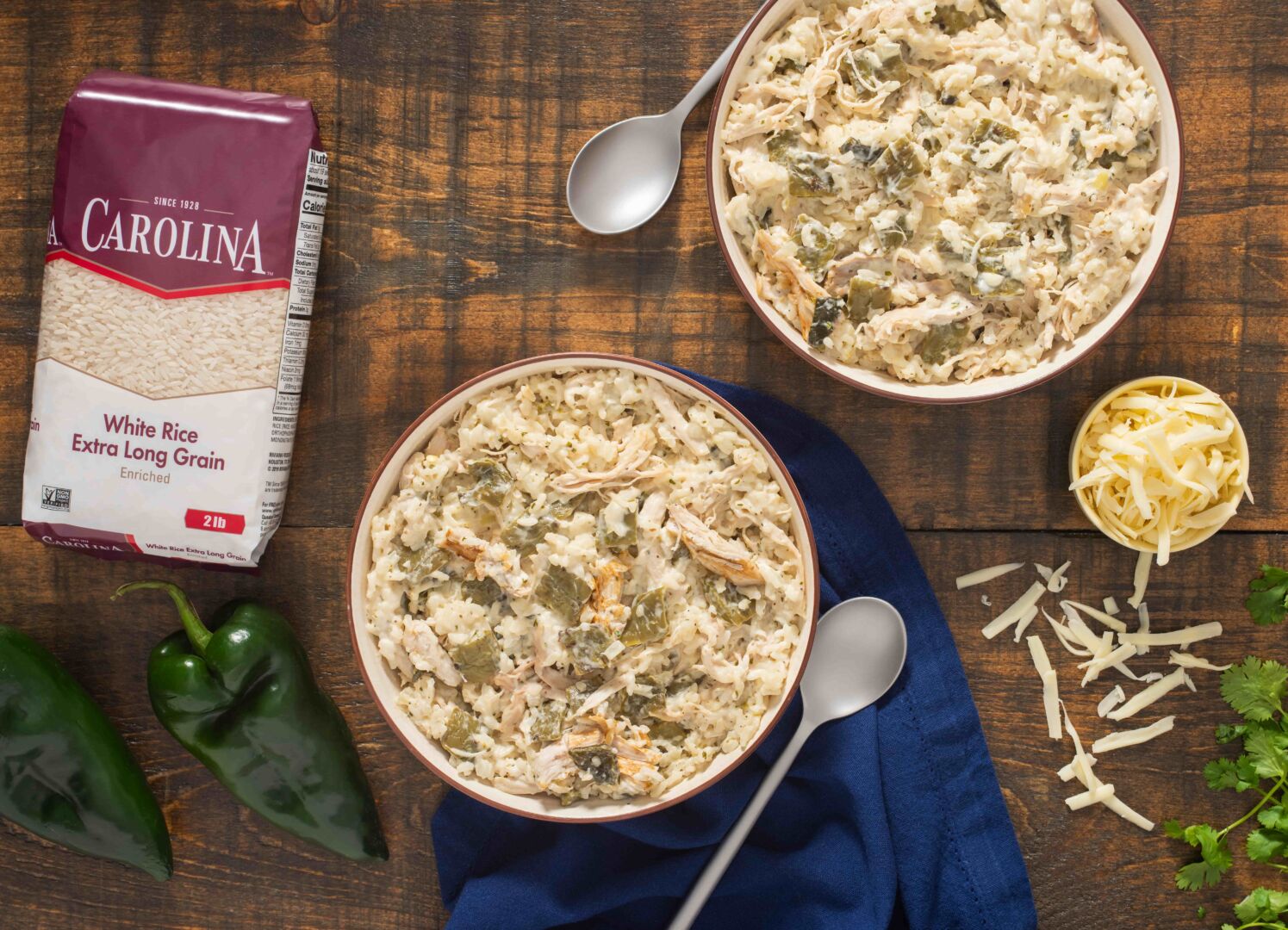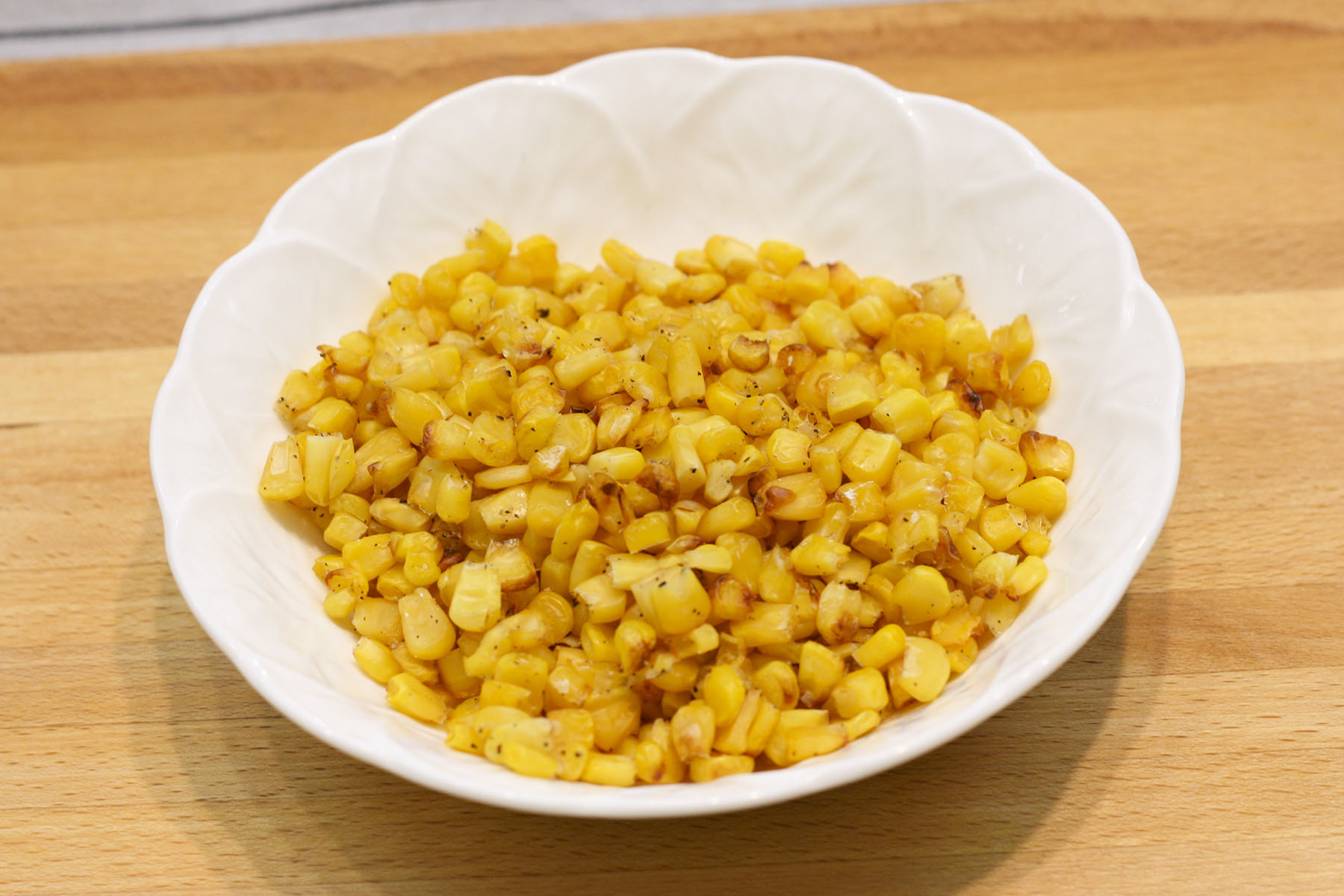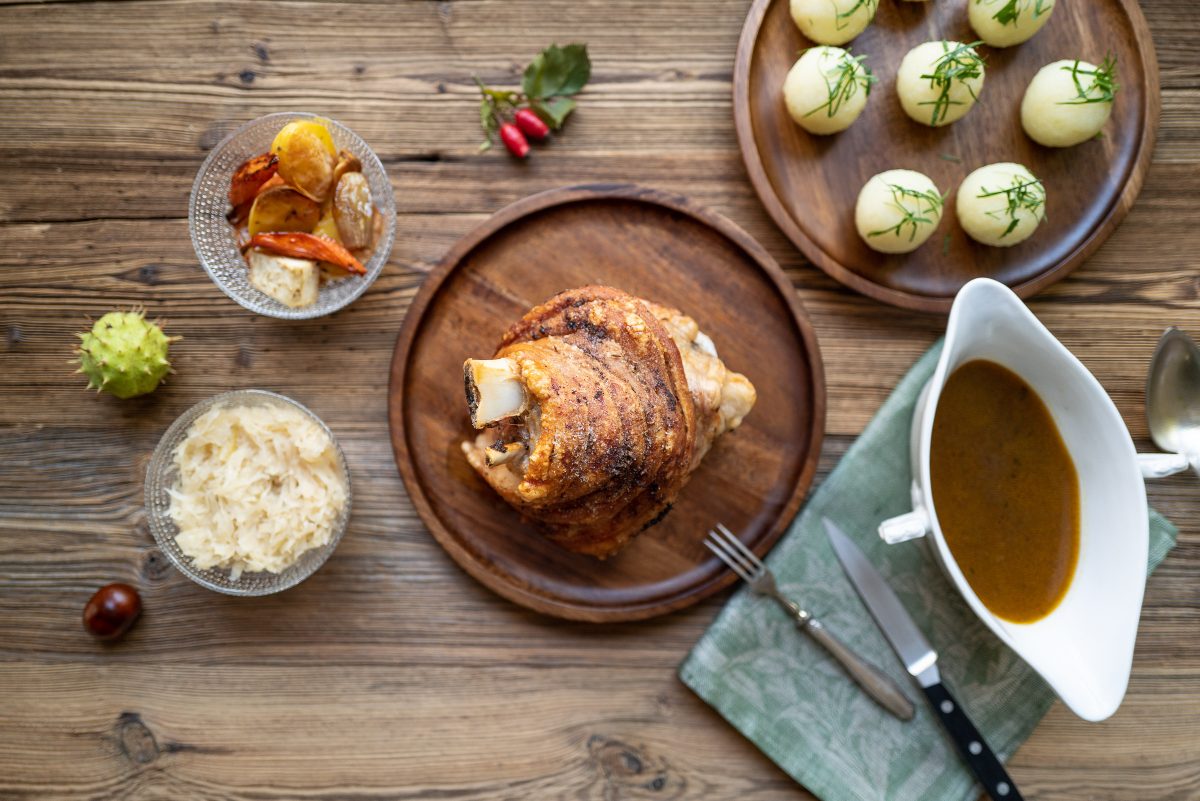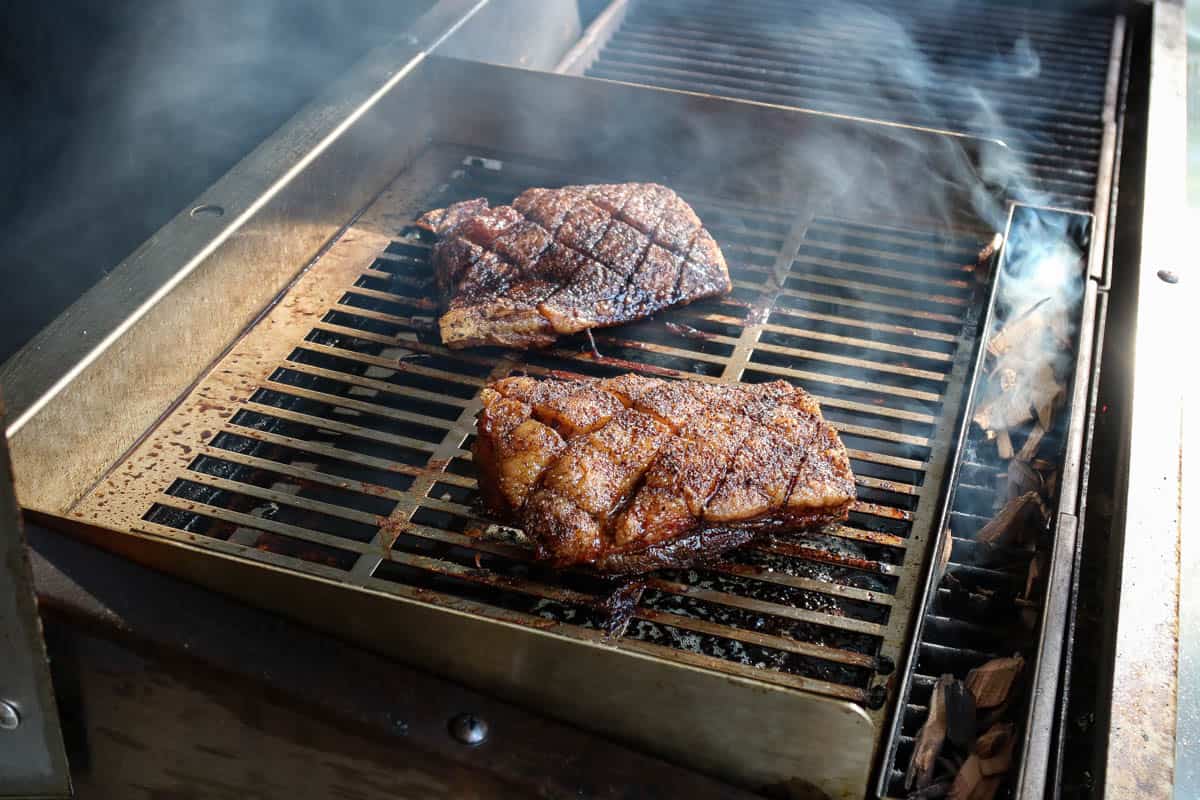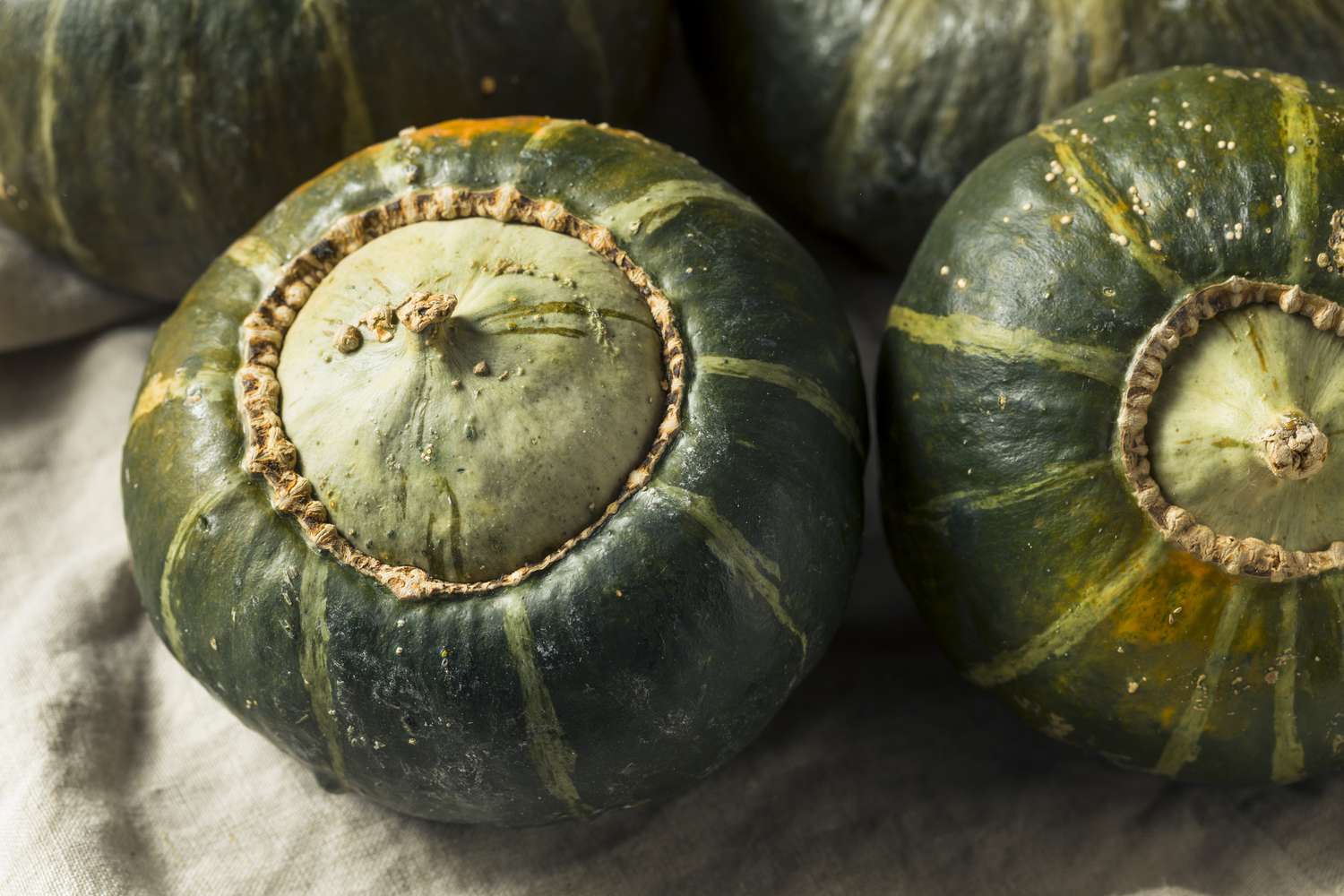Cooking Frozen Chicken in a Pan: A Simple and Delicious Guide
When you’re in a hurry to get dinner on the table, cooking frozen chicken in a pan can be a quick and convenient solution. Whether you forgot to thaw your chicken or simply prefer the convenience of cooking it directly from the freezer, this method is sure to save the day. In this guide, we’ll walk you through the steps to cook frozen chicken in a pan, ensuring a perfectly cooked and flavorful meal.
Benefits of Cooking Frozen Chicken in a Pan
Cooking frozen chicken in a pan offers several benefits:
- Convenience: No need to wait for the chicken to defrost, saving you time and effort.
- Retains Moisture: Since the chicken cooks slowly, it retains its natural juices, resulting in moist and tender meat.
- Enhanced Flavors: As the chicken cooks in its own juices, the flavors are intensified, creating a delicious and savory dish.
Step-by-Step Guide to Cooking Frozen Chicken in a Pan
Follow these simple steps to cook frozen chicken in a pan:
- Preparation: Start by gathering your ingredients, such as frozen chicken breasts or thighs, cooking oil, and your choice of seasonings. You may want to season the chicken with salt, pepper, garlic powder, or any other preferred spices.
- Heat the Pan: Place a large skillet or frying pan on the stove over medium heat. Allow it to heat up for a few minutes.
- Add Oil: Once the pan is hot, add a drizzle of cooking oil. This will prevent the chicken from sticking to the pan and help achieve a golden brown crust.
- Add the Chicken: Carefully place the frozen chicken pieces in the pan, making sure not to overcrowd the pan. Leave some space between the chicken pieces to allow for even cooking.
- Cooking Time: Cook the chicken for approximately 6-8 minutes per side, flipping once halfway through. The cooking time may vary depending on the thickness of the chicken pieces.
- Check for Doneness: To ensure the chicken is fully cooked, insert an instant-read thermometer into the thickest part of the meat. The internal temperature should reach 165°F (74°C).
- Rest and Serve: Once the chicken reaches the desired temperature, remove it from the pan and let it rest for a few minutes to allow the juices to redistribute. Then, serve it with your favorite sides and enjoy!
Remember, while cooking frozen chicken in a pan can be convenient, it’s essential to prioritize safety. Make sure the chicken is cooked thoroughly to avoid any health risks associated with undercooked poultry.
Delicious Recipe Ideas
Now that you know how to cook frozen chicken in a pan, the possibilities are endless. Here are a few recipe ideas to inspire your culinary creativity:
- Teriyaki Chicken Stir-Fry: Slice the cooked chicken and sauté it with colorful vegetables in a delicious teriyaki sauce.
- Lemon Herb Chicken Pasta: Shred the cooked chicken and toss it with al dente pasta, lemon zest, fresh herbs, and a drizzle of olive oil.
- Chicken Caesar Salad: Cut the cooked chicken into bite-sized pieces and toss it with crisp romaine lettuce, Parmesan cheese, croutons, and tangy Caesar dressing.
With these ideas in mind, feel free to experiment with different flavors and seasonings to create your own signature dishes using cooked frozen chicken.
Now that you’re armed with the knowledge of how to cook frozen chicken in a pan, you can save time without sacrificing flavor. It’s a versatile and convenient cooking method that will surely become a favorite in your busy kitchen.
For those looking to make the most out of their frozen chicken, there are a variety of recipes that can be tried using the guide. Recipes like Lemon Garlic Butter Chicken and Teriyaki Chicken Stir-Fry are excellent for those who want a quick and flavorful meal. If you're in the mood for something creamy, Chicken Alfredo Pasta or Creamy Mushroom Chicken are perfect choices. For a tangy twist, Honey Mustard Chicken offers a delicious option. Those craving a bit of spice can go for Spicy Cajun Chicken. Each of these recipes not only makes good use of frozen chicken but also brings out unique and delightful flavors. They are recommended due to their simplicity and versatility, making them suitable for both novice and seasoned cooks.
Was this page helpful?
Read Next: How To Cook Fish With Skin On
